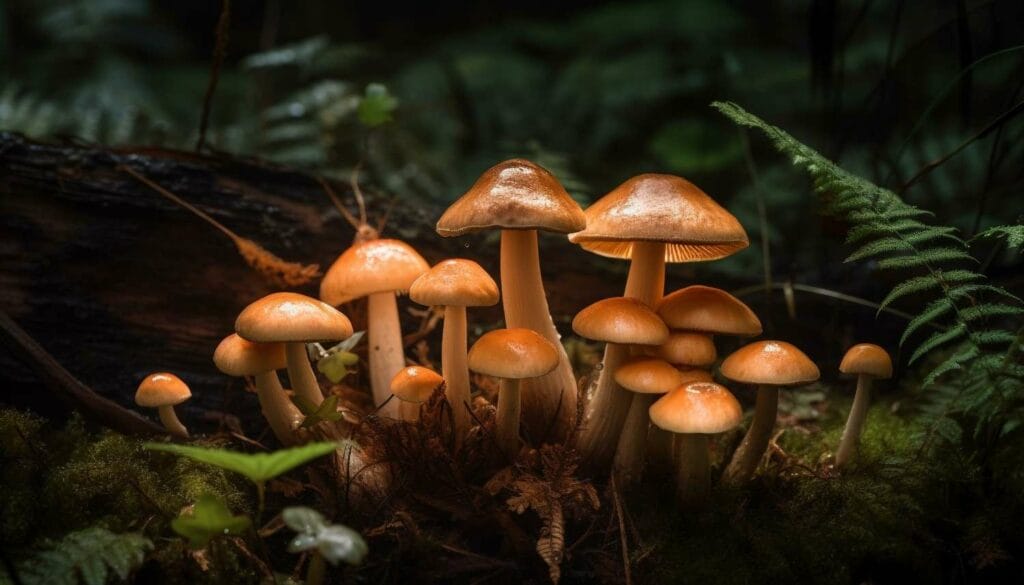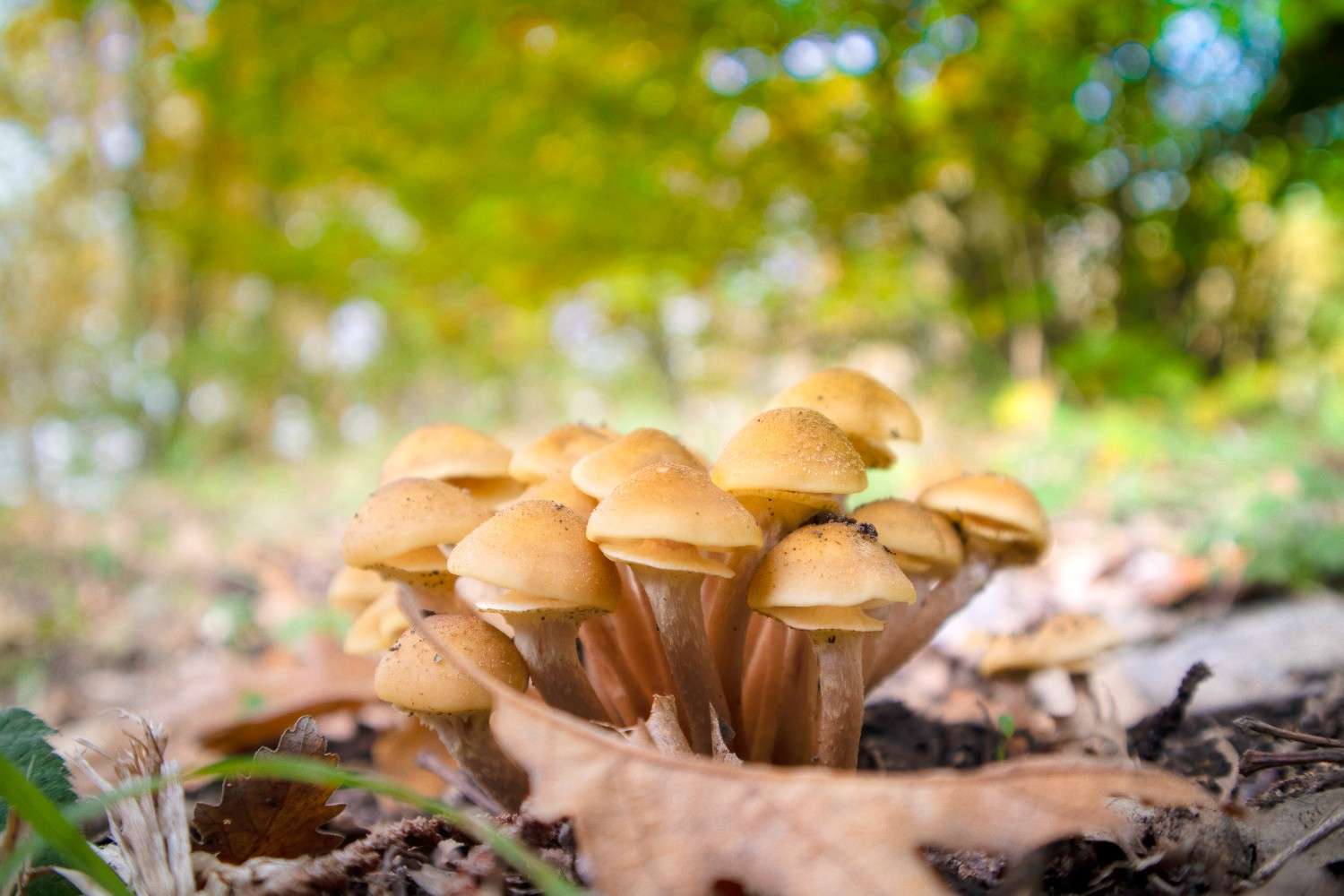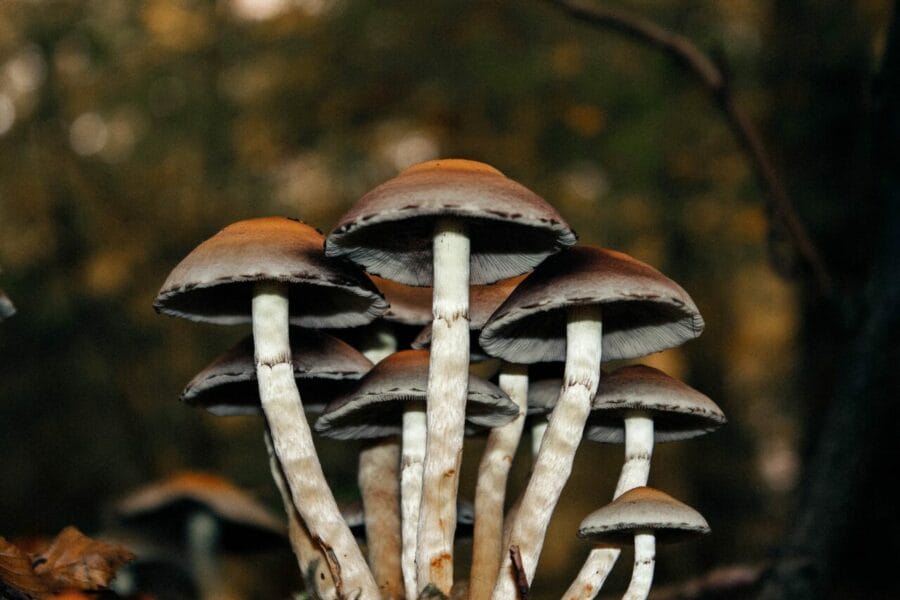Shrooms Canada has garnered widespread interest, leading to significant investments in its potential medical applications, fueling scientific research, and promoting increased societal acceptance.
Two recent studies emphasize the growing popularity of psilocybin mushrooms as a commonly used psychoactive substance.
Eric Leas, an epidemiologist at the University of California, San Diego, noted a 1,250% increase in microdosing-related online searches since 2015, with psilocybin overtaking LSD in 2019. Additionally, a study by the RAND Corporation indicates that about 3% of Americans, which equates to nearly 8 million adults, used psilocybin in the previous year, making it the most commonly used hallucinogen in 2023.
Let’s explore the global intrigue with shrooms.
[toc]
What Does Microdosing Involve?
Psychedelic microdosing refers to the act of consuming a small amount of a hallucinogenic substance to gain a positive mental effect without experiencing a full psychedelic trip. This usually involves taking only 10-20% of a dose that would provoke a psychoactive response. The goal is to ingest an imperceptible quantity of a psychedelic substance that does not significantly alter consciousness.
Traditionally, microdoses of magic mushrooms and peyote were used to relieve physical discomfort and enhance well-being. In the 1960s, microdosing expanded to include LSD as people aimed to boost cognitive performance and creativity.
Currently, microdosing also includes substances like MDMA, Ritalin, cannabis, and ketamine, which can cause hallucinations at higher doses but don’t provoke a psychedelic experience when microdosed.
Comparing Microdosing and Full Dose Experiences
| Aspect | Microdosing | Full Dose (Psychedelic) | |
| Dosage | 0.1 to 0.3 grams of dried mushrooms | 1 to 3 grams or more of dried mushrooms | |
| Frequency | Regular (e.g., every few | Period of Use | Occasional |
| Effect Duration | Little to no disruption to regular tasks | Altered state persists for 4-6 hours | |
| Sensory Effects | May include hallucinations (misleading or non-existent sensory perceptions), intensified emotions and sensory experiences (enhanced colors, amplified sounds), and synesthesia (such as “seeing” sounds or “hearing” colors) | Minor alterations in senses, minor mood and perception improvements, and enhanced concentration and creativity | |
| Physical Effects | Minimal to no physical impact | Increased energy and heart rate, and potential nausea |
The Rise of Psilocybin Microdosing
Approximately half of the people who used psilocybin in the past year chose to microdose, a trend prevalent among tech industry workers and suburban mothers. Microdosing involves taking 1/10 to 1/20 of a standard dose. The majority of microdosers use psilocybin only once or twice a year, with a small 11% using it more than six times. Over half prefer the whole or dried form of the mushrooms, while others opt for processed variants like chocolate bars or teas.
The rising interest in microdosing is connected to the changing laws around cannabis and psychedelics. States such as Oregon and Colorado, where plant-based psychedelics have been decriminalized, show the most significant interest in microdosing.
Studies suggest an increase in psilocybin use, particularly in nightlife settings, where it competes with drugs like ecstasy and ketamine. A research estimated that 5.5 million adults used hallucinogens in 2019, with a notable rise in the use of LSD.
Key Influences Behind the Growing Microdosing Trend
The RAND survey highlighted the top three reasons Canadians use psilocybin:
Enjoyment and Social Interaction
Many Canadians use these hallucinogenic mushrooms for recreational purposes, seeking a unique communal experience. The collective aspect of taking psilocybin at group events or social gatherings adds to its appeal.
Mental Health
A significant portion of users turn to psilocybin for its potential mental health advantages. In fact, an observational study in Nature-Scientific Reports Trusted Source suggests that microdosing psilocybin mushrooms
Microdosing psilocybin has been proven as a potential method to alleviate symptoms of mental health disorders. Studies have found that individuals who engaged in microdosing reported significant improvements in their depression, anxiety, and stress symptoms compared to those who didn’t.
Psilocybin Extracts
Psilocybin extracts are a concentrated form of the compound, offering a more precise and consistent dosage.
- Method of preparation: Psilocybin is extracted from the mushrooms using solvents such as alcohol.
- Dosage: Extracts are measured in milligrams, with doses ranging from 1 to 10 milligrams per microdose.
- Method of intake: They can be taken directly, mixed with beverages, or encapsulated.
Psilocybin Edibles
Edibles provide a unique microdosing method by incorporating psilocybin into food items like chocolates, gummies, or other treats.
- Method of preparation: During the cooking or manufacturing process, psilocybin is infused into the edible products.
- Dosage: Each edible contains a specific amount of psilocybin, ensuring consistent dosing.
- Method of intake: Simply consume it like any other food item, often flavored to mask the taste of the mushroom.
Psilocybin Tinctures
Tinctures are liquid extracts of psilocybin, offering flexible dosing options and efficient absorption.
- Method of preparation: Psilocybin is extracted into a base of alcohol or glycerin.
- Dosage: Dosages are measured in drops or milliliters, allowing for precise control over the amount ingested.
- Method of intake: They can be taken sublingually or mixed into a drink.
Psilocybin Teas
Teas are a traditional way to consume psilocybin, providing a soothing and tranquil experience.
- Preparation Method: Soak dried mushrooms in hot water, often with additional herbs or flavors to improve the taste.
- Dosage: The strength of the tea depends on the amount of mushrooms used. Regular Microdoses usually vary between 0.1 and 0.3 grams.
- Consumption Method: It can be enjoyed like any other herbal tea.
Available Products at Shrooms Canada
| Product | Type | Dosage | Time to Take Effect | Duration | Effects |
| Trans Envy Magic Mushrooms | Psilocybin Mushrooms | Usually, 0.1 to 0.3 grams per microdose. | 30-60 minutes | 2-4 hours | Improves mood, triggers visual alterations, promotes introspection |
| Kind Stranger – Microdose Capsules | Psilocybin Capsules | 1 capsule is equivalent to 250 mg (15 capsules per bottle). | 30-60 minutes | 2-4 hours | Encourages clarity, creativity, focus, and stress relief |
Main Points to Remember
The global trend of microdosing psilocybin mushrooms, with Canada playing a leading role, indicates a significant change in the understanding and usage of psychoactive substances. As research continues and regulations evolve, psilocybin’s potential therapeutic benefits could drastically alter the approach to treating various mental health disorders and improving overall well-being.
Frequently Asked Questions
What are the Essential Tips for Microdosing?
- Use an accurate scale if you don’t have a pre-measured dose.
- Initiate your dosage on a typical, relaxed day when you are in good health.
- Ensure your environment is secure and devoid of interruptions.
- Stick to your selected regimen for a span of 4-10 weeks.
- Start off with a minimal dosage, and adjust accordingly to achieve the intended effects.
- Take your microdose in the morning to avoid interfering with your sleep.
- Initially, refrain from alcohol and other substances that can alter your consciousness. CBD might be beneficial.
- Keep a record of your microdosing experiences in a journal, noting factors like dose, timing, diet, activities, and outcomes.
- Exercise patience and allow the microdosing protocol to yield results over a period of time.
Interpreting the Fadiman Protocol
The Fadiman Protocol, developed by psychologist James Fadiman, is a microdosing strategy that suggests taking a microdose on the first day, followed by a two-day break. This cycle is repeated for a duration of 4 to 10 weeks.
The primary aim of this protocol is to promote a balanced approach to microdosing. It helps prevent the development of tolerance and allows the body time to recover between doses. This balance enables users to consistently benefit from microdosing without a reduction in impact over time.
Decoding the Stamets Stack Protocol
The Stamets Stack Protocol, put forth by mycologist Paul Stamets, advises dosing for four continuous days, with a break of three days afterwards. This protocol is unique due to its inclusion of supplements like Lion’s Mane mushroom and Niacin.
Lion’s Mane is preferred for its potential to promote neurogenesis, while Niacin is added to enhance absorption. Similar to the Fadiman Protocol, this regimen is maintained for 4 to 10 weeks. The combination of substances in the Stamets Stack is designed to boost cognitive function and foster overall brain health.
Related articles you might enjoy:




